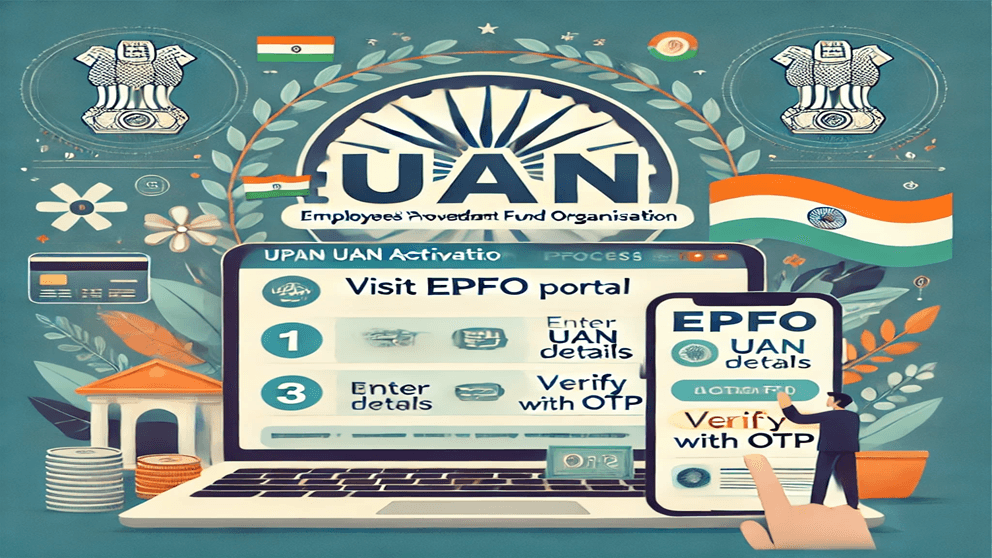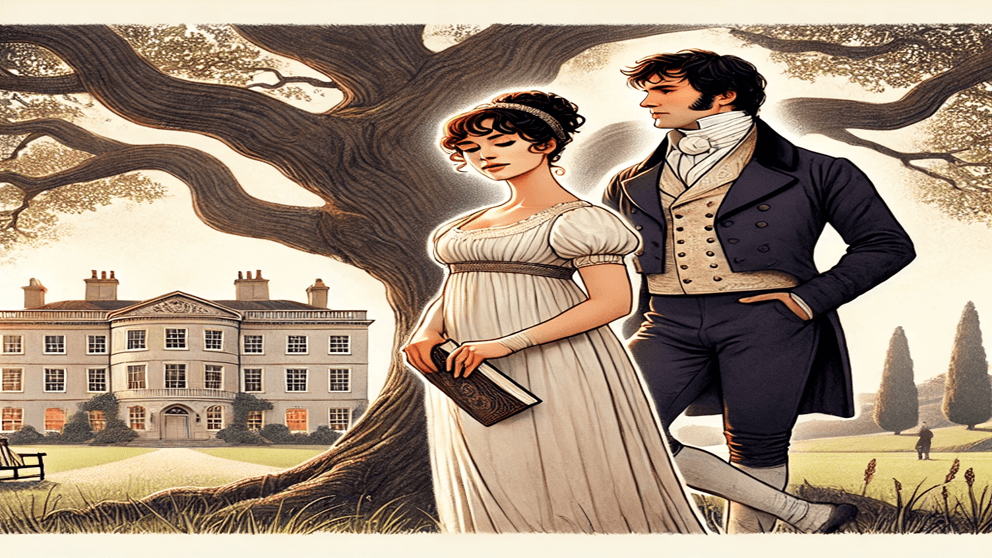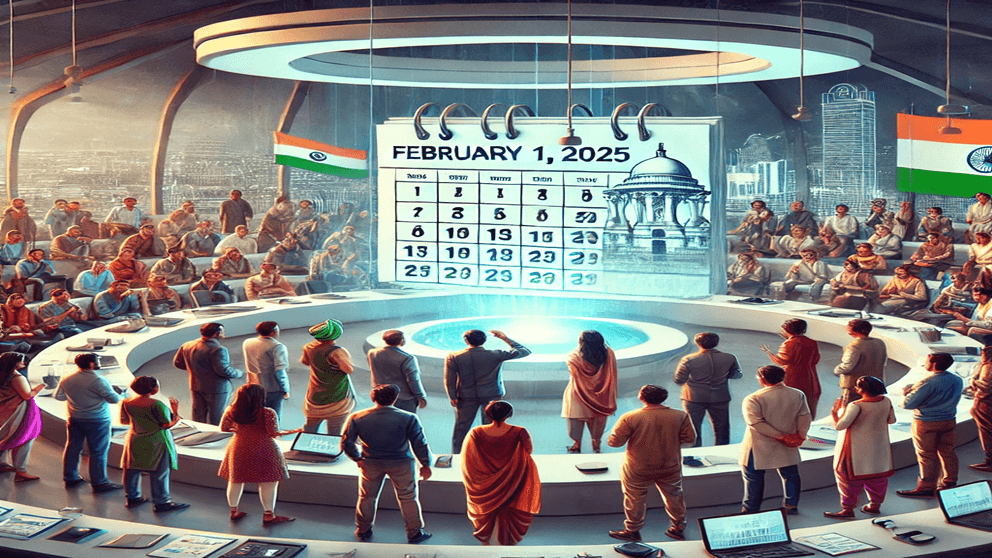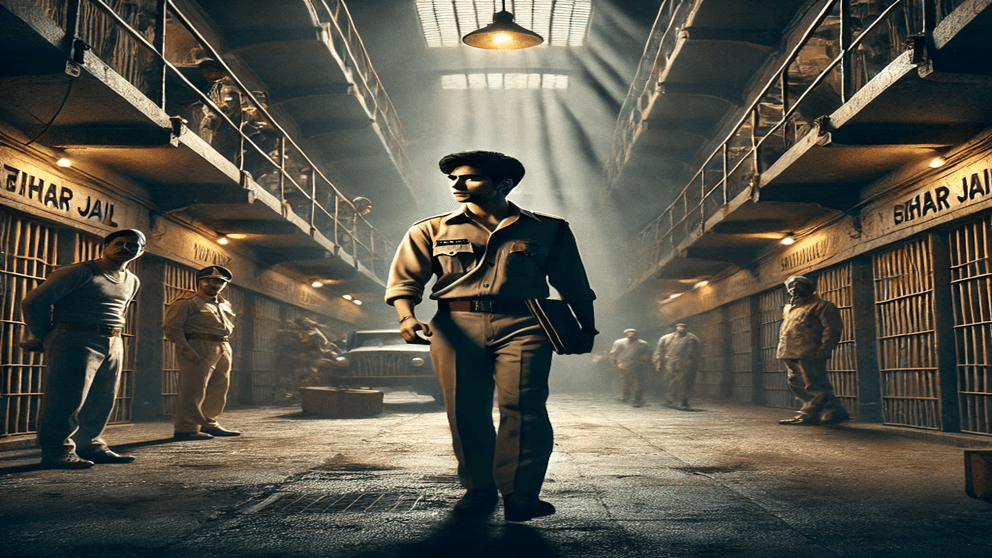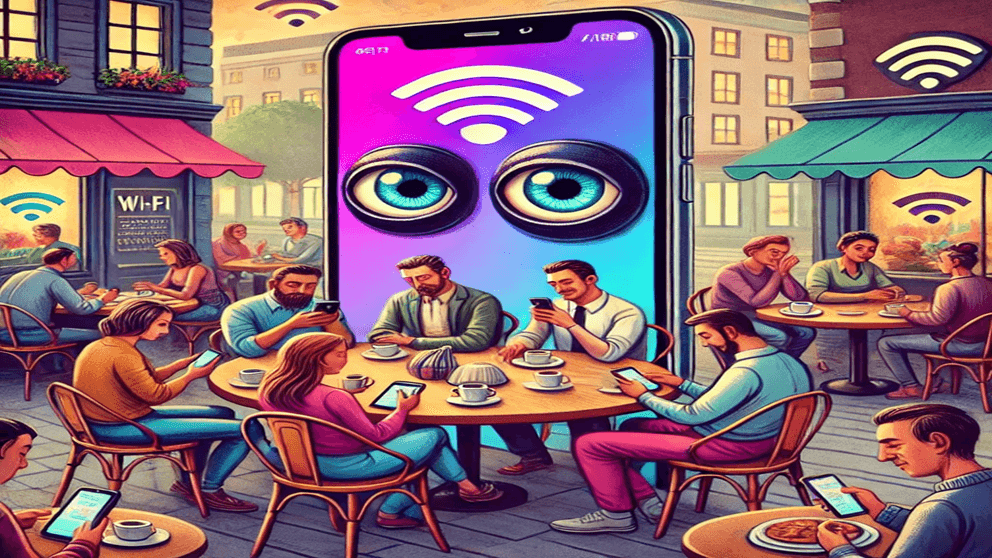
In recent years, the literary world has witnessed a dramatic transformation, influenced by broader cultural shifts, technological advancements, and a global perspective. This post explores some of the most significant trends in contemporary literature, providing readers with insights into the evolving nature of modern storytelling.
1. Diverse Voices and Stories
One of the most notable trends in modern literature is the rise of diverse voices. Authors from a variety of backgrounds, including previously underrepresented groups, are telling their stories, enriching the literary landscape with fresh perspectives and experiences. This trend is not just about diversity in authorship but also in the themes and characters depicted in novels, short stories, and poetry.
2. Blending of Genres
Modern authors are increasingly blending elements from different genres to create unique and compelling narratives. The traditional boundaries between, say, science fiction and literary fiction or between mystery and historical fiction are becoming more fluid. This genre hybridization often leads to innovative storytelling techniques and broadens the appeal of literature to include fans of multiple genres.
3. Digital Literature and Multimedia
With the digital age in full swing, literature is not just confined to printed books. E-books, interactive stories, and even literary apps represent a growing field of digital literature. Multimedia elements such as audio, video, and interactive content are being integrated into literary works, providing new ways for readers to engage with stories.
4. Eco-literature and Cli-fi
As global concern about environmental issues grows, literature is responding with its own reflections on climate change and nature. Eco-literature (focusing on nature) and Cli-fi (climate fiction) explore the implications of environmental crises, using the narrative power of literature to raise awareness and provoke discussion about sustainability and our relationship with the planet.
5. Shorter Formats
In an era of diminishing attention spans and busy lifestyles, shorter literary forms are gaining popularity. Flash fiction, microfiction, and short stories are becoming more prevalent, catering to readers who desire quick but meaningful reads. This trend is also evident in poetry, with short-form poetry and Instagram poets rising in prominence.
6. Autobiographical and Memoir Writing
There has been a surge in autobiographical works and memoirs, with readers showing great interest in personal stories and experiences. These works often provide insights into individual lives that, while unique, echo broader social and cultural themes.
Conclusion
Modern literary trends reflect a world in flux, showcasing how literature adapts to changes in society, technology, and the arts. By embracing these trends, readers and writers alike can participate in a larger conversation about what it means to live and think in the contemporary world.

